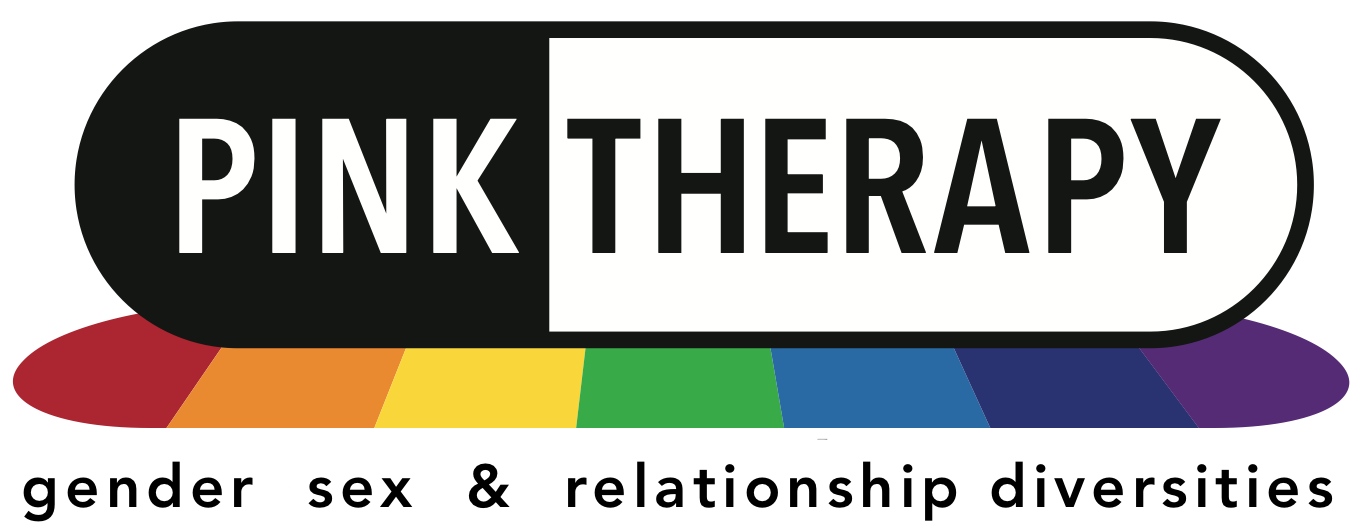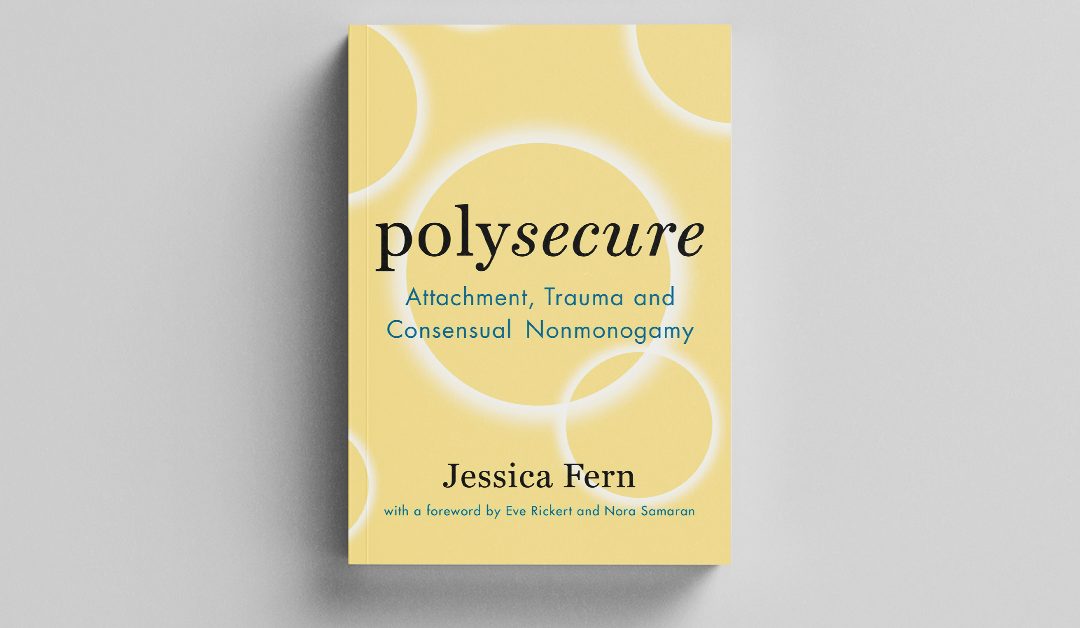In recent years both attachment theory and trauma have gained traction in self-help and popular literature, following on from significant advances in research in neuroscience. As more is understood about the long-term effects of complex trauma in identifiable, repeated relational patterns, the application of this insight to consensually non-monogamous relationships is both timely and practical.
The first section focuses on the basics of attachment styles, their origins in trauma and their effects over a lifetime. Included is a useful model layering trauma not just in the family of origin, but in local communities, wider society and at a global level, particularly pertinent for GSRD clients.
In the second section, the author outlines the variety of consensually non-monogamous relationships and explores the ways in which attachment styles may affect these much more complex constellations. Of particular note is the emphasis on the quality of relating rather than hierarchies or power structures.
The third section turns to a ‘how-to’ approach: providing a secure-base, a safe haven and working out commitments. HEARTS is used as an acronym for skills and capacities which will promote secure functioning: Here (being present to one another), Expressed delight, Attunement, Rituals and Routines, Turning Towards after conflict, Secure attachment with the self. Each of these is unpacked in detail, with a whole chapter given to the last.
This book would be a resource for therapists already comfortable working with CNM relationships. The HEARTS acronym is practical, easily remembered as an intervention, and a useful take-away for clients. The Nested Trauma model expands the development of attachment styles from the focus on the most significant early care-giving relationships as the only significant ones.
Given that there are other resources for understanding the principles of attachment theory, and for exploring style of CNM, I wondered if that information was superfluous, although setting a context can be important.
This book would also be an excellent resource to offer to clients. It is readable, accessible, and the language used is well-explained, with glossaries provided. There is a comprehensive reference list, and the text is well-indexed.
A strength of this book is that it comprehends CNM from the inside, and as such will help many people feel seen and recognised.
Joanna Russell – temenos.org.uk
.

